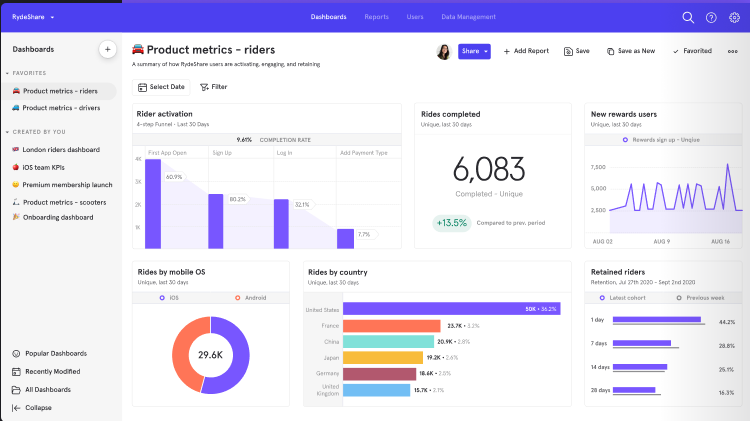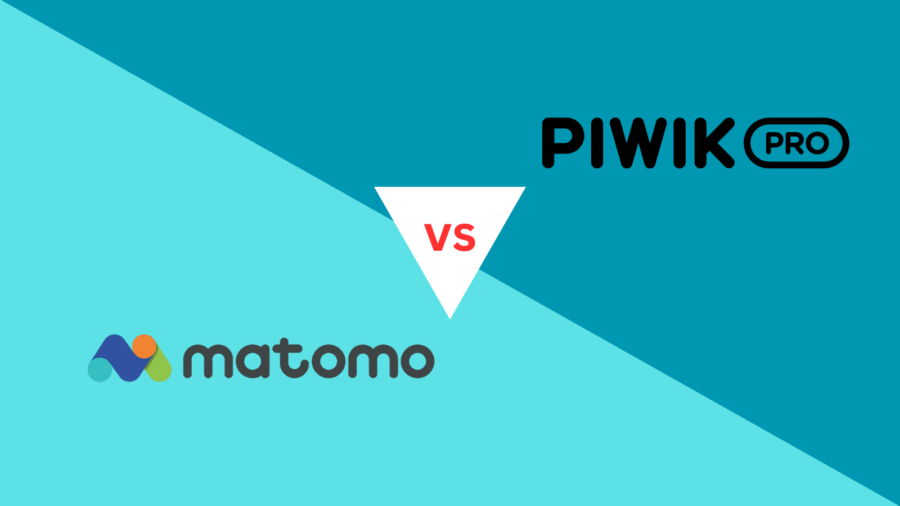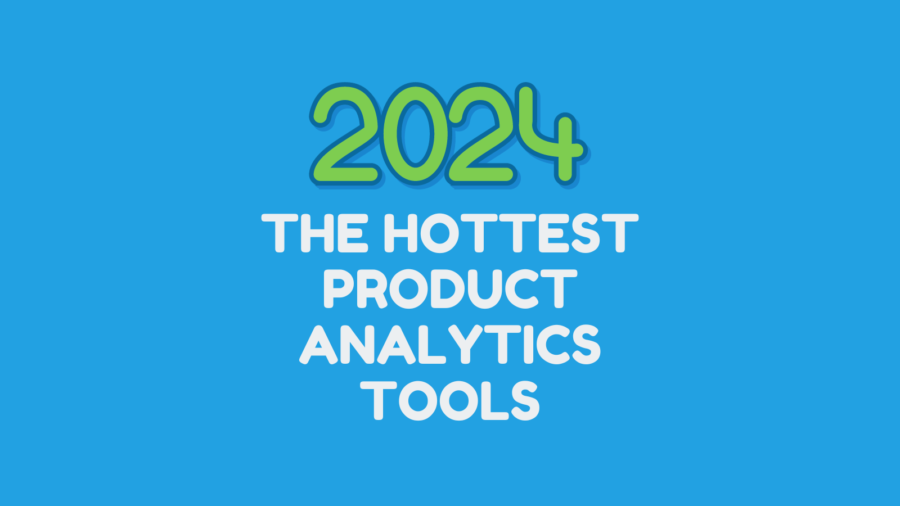Businesses face the challenge of making data-driven decisions that can propel them ahead of the competition. Among the essential tools at their disposal is product analytics, a game-changing discipline that offers critical insights into user behavior, product performance, and customer engagement. In this regard, Mixpanel stands out as a trailblazing platform that has revolutionized product analytics since its founding in 2009 by Suhail Doshi. With its event-based approach, Mixpanel empowers companies of all sizes to dive deep into user actions, discover actionable patterns, and chart the course for remarkable growth.
The Evolution of Mixpanel
Before Mixpanel’s inception, traditional web analytics tools primarily focused on surface-level metrics such as page views and visits. Although helpful in providing an overall view of website traffic, they fell short in capturing the intricate nuances of user interactions within a product or application. This limitation prompted Suhail Doshi to envision a new platform that would enable businesses to analyze user behavior at a granular level, tracking events instead of pageviews. This visionary approach paved the way for Mixpanel’s introduction, which heralded a new era of event-based analytics.
Mixpanel’s key innovation was its emphasis on events as the foundation of analysis. Unlike traditional analytics, where the focus was on the whole visit or session, Mixpanel’s event-based approach allowed businesses to scrutinize individual actions users took within their products. With this paradigm shift, companies could now delve deeper into user behavior, understand their interactions, and precisely identify areas of improvement.
Key Features of Mixpanel
Mixpanel’s suite of features is designed to empower businesses with comprehensive insights into their products and user base. The core of Mixpanel’s functionality lies in event tracking, allowing organizations to define and track specific user actions relevant to their product. From user onboarding to feature adoption and beyond, every key action can be meticulously monitored, leading to a wealth of data that informs product strategy.
Event funnels are another critical tool in Mixpanel’s arsenal. These powerful visualizations help businesses understand the flow of users through a defined series of events. Organizations can pinpoint where users might be dropping off or encountering friction within the product experience by analysing funnels. Armed with this knowledge, they can optimize their product to streamline user journeys and improve overall conversion rates.
Mixpanel’s retention analysis offers vital insights into user engagement over time. By understanding user stickiness, churn rates, and long-term retention, businesses can identify factors influencing customer loyalty and design strategies to enhance user lifetime value.
In addition to funnel and retention analysis, Mixpanel enables cohort analysis, a valuable technique for comparing user groups over time. This feature allows businesses to identify trends and patterns among different segments of users, ultimately leading to tailored experiences that cater to specific demographics or behaviors.
Perhaps one of Mixpanel’s most powerful capabilities is its A/B testing functionality. This enables businesses to experiment with variations of their product, such as different user interfaces, features, or messaging. By measuring the impact of each variation on user behavior, companies can confidently make data-driven decisions about which changes to implement and optimize their product for maximum effectiveness.
Finally, Mixpanel’s People Analytics provides a user-centric view, allowing businesses to gain in-depth insights into individual user behavior, preferences, and engagement patterns. This personalized approach to data analysis empowers companies to create targeted strategies and communication that resonate with their audience more profoundly.
Implementing Mixpanel for Product Analytics: To harness the full potential of Mixpanel, businesses must carefully plan their implementation strategy. The process begins with defining relevant events that align with the organization’s objectives and user behavior. These events should be chosen judiciously, covering every significant action users can take within the product. Properly configured event tracking ensures that no valuable user data is left uncaptured, providing a comprehensive view of user interactions.
Once the events are defined and implemented, businesses can start building event funnels that depict user behavior and progression through specific user flows. Analyzing these funnels can reveal potential bottlenecks and drop-offs, which can then be addressed to improve user retention and overall product performance.
Cohort analysis is another essential aspect of Mixpanel implementation. By categorizing users into meaningful groups based on specific attributes or behavior, businesses can uncover insights into user engagement and identify any variations between different segments. Armed with this knowledge, companies can tailor their strategies to cater to the unique needs of each cohort.
A/B testing is a fundamental element of data-driven product development. By conducting controlled experiments and comparing the impact of different variations, businesses can identify the most effective approaches and optimize their product for the best user experience.
Leveraging Mixpanel’s People Analytics capabilities allows businesses to delve into individual user profiles, enabling deeper segmentation and more targeted communication. This level of personalization can significantly enhance customer engagement and foster brand loyalty.

Benefits of Mixpanel for Businesses
The adoption of Mixpanel brings forth a plethora of advantages for businesses across industries. One of the most significant benefits is the ability to make data-informed decisions. Instead of relying on gut feelings or intuition, Mixpanel empowers organizations to base their choices on concrete data, reducing risks and uncertainties in decision-making processes.
Furthermore, Mixpanel aids in identifying areas of improvement and optimization within the product. By closely monitoring user behavior, businesses can make data-driven iterations, leading to enhanced user experiences and increased customer satisfaction.
Moreover, Mixpanel’s real-time tracking capabilities enable businesses to respond promptly to changing user needs and market trends. This agility is crucial in the fast-paced digital landscape, ensuring that companies can stay competitive and relevant.
By understanding user behavior and preferences through Mixpanel, businesses can personalize their interactions with customers, offering tailored experiences that resonate with individual users. This personalized approach fosters brand loyalty and drives customer retention.
Case Studies
Real-World Impact of Mixpanel: Numerous businesses have already reaped the benefits of integrating Mixpanel into their product analytics workflow. Let’s explore a few real-world examples of how Mixpanel has made a difference:
- A popular e-commerce platform used Mixpanel’s event tracking and funnel analysis to identify a significant drop-off in their checkout process. They optimized the process by pinpointing the exact step causing friction, resulting in a 20% increase in completed purchases.
- A mobile app developer leveraged Mixpanel’s People Analytics to segment their user base based on engagement levels. This allowed them to personalize push notifications and in-app messages, leading to a 30% increase in user retention.
- A SaaS company utilized Mixpanel’s A/B testing feature to experiment with different onboarding processes. By measuring user interactions, they discovered the most effective onboarding flow, resulting in a 25% reduction in churn during the first month.
Conclusion
In the dynamic and competitive world of digital products and services, gaining a competitive edge is contingent on making data-driven decisions. Product analytics, particularly with Mixpanel’s event-based approach, offers businesses the critical insights needed to understand user behavior, optimize product experiences, and drive growth. With its array of features, from event tracking and funnel analysis to A/B testing and People Analytics, Mixpanel has become a cornerstone tool for companies of all sizes, enabling them to harness the power of data and unlock the true potential of their products. Embracing Mixpanel is not merely a choice but an imperative step towards staying competitive and thriving in the era of data-driven innovation.
You can also check other Unleashing the Power of Product Analytics series tools.





